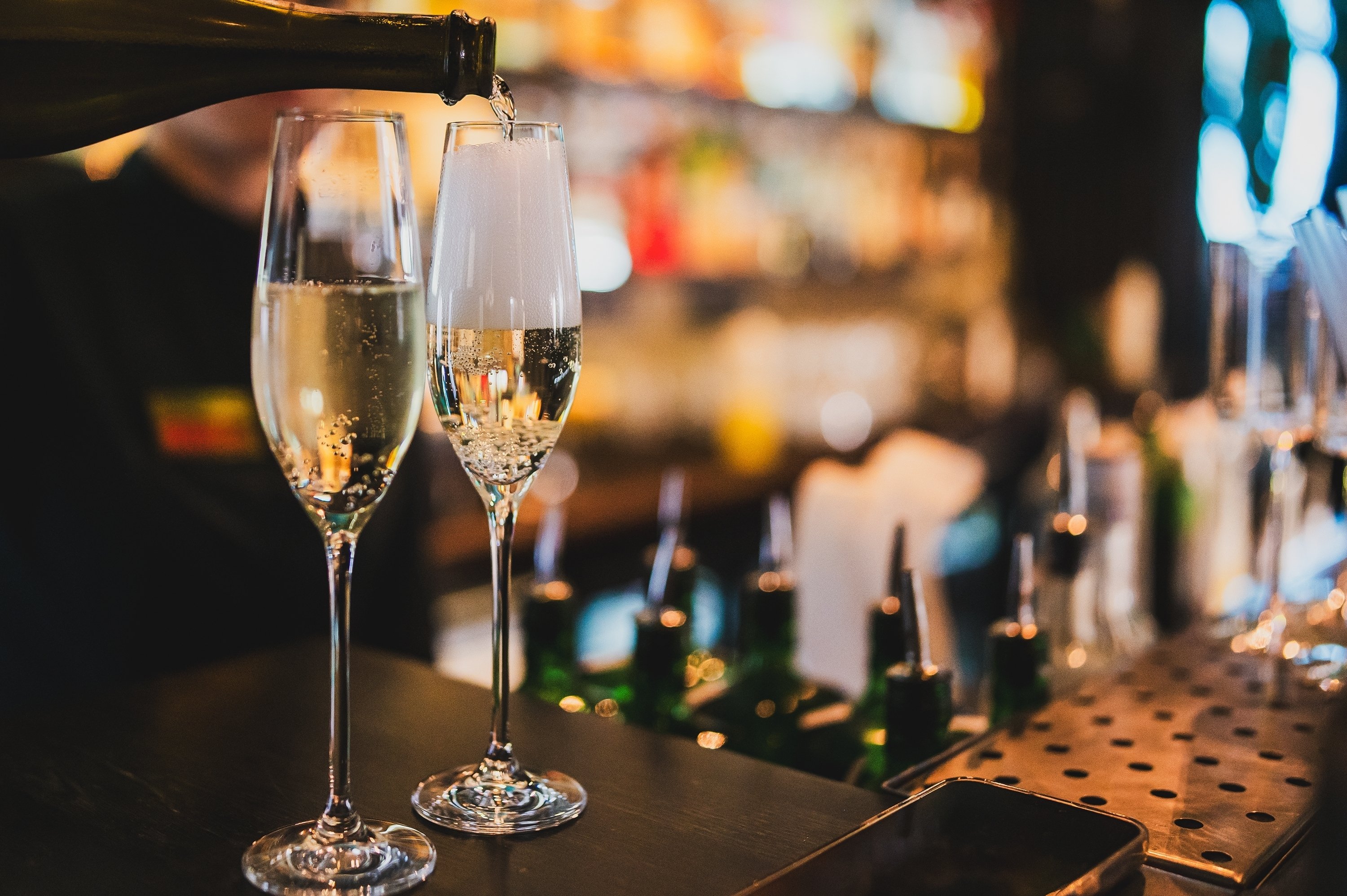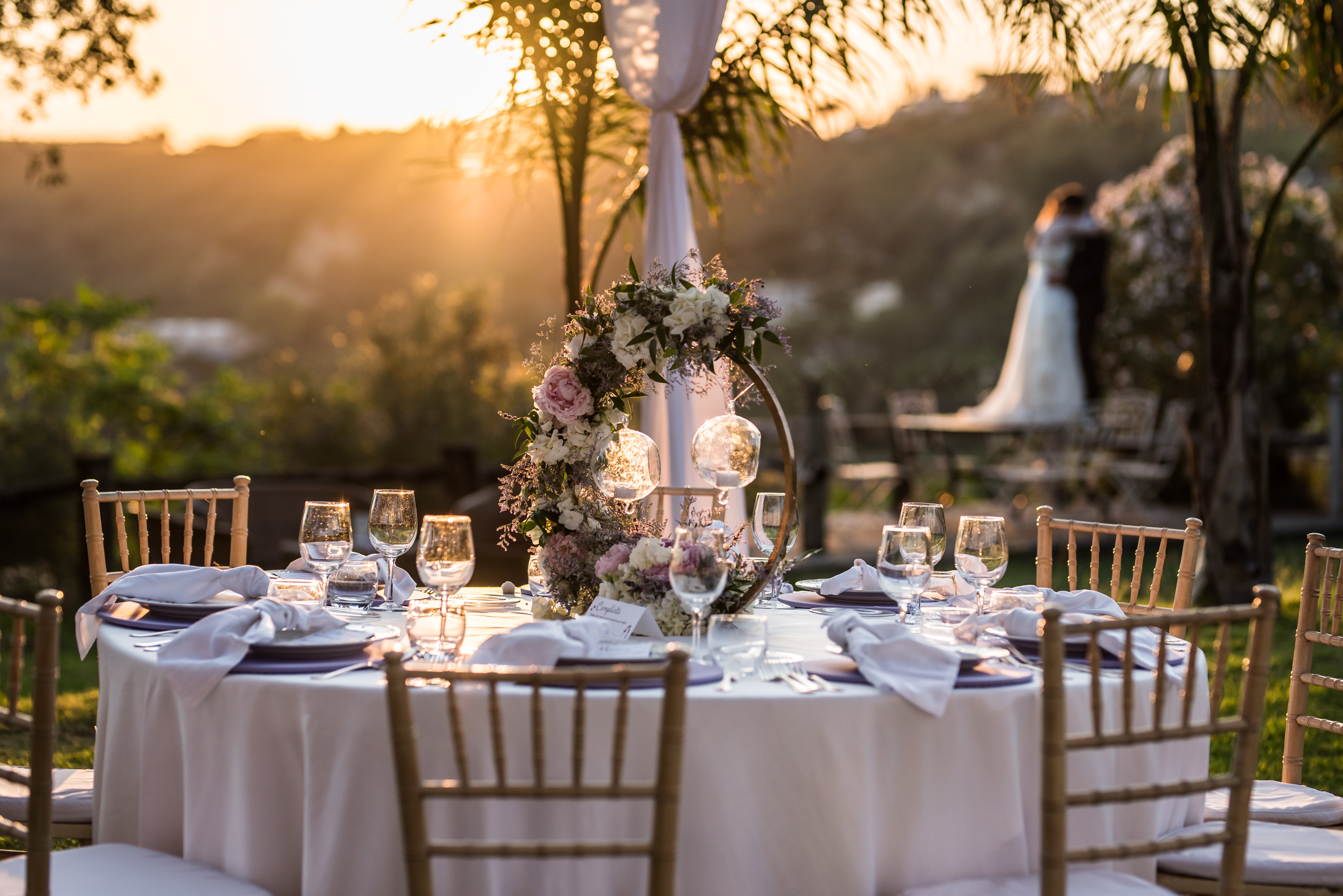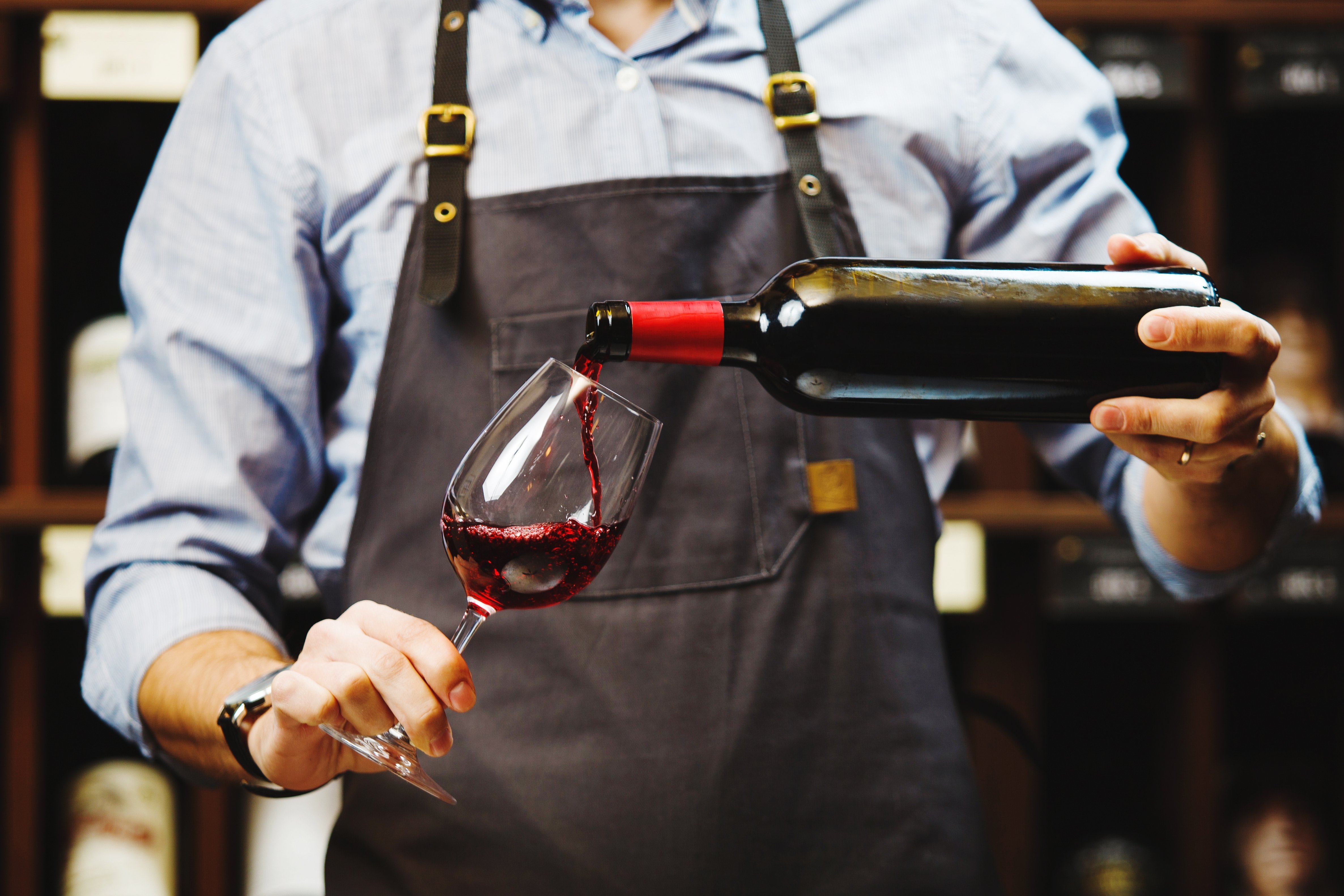Clapham: A Deep Dive into Luxury Living in South London
Once seen as the quiet underdog of South London, Clapham has steadily transformed into one of the capital’s most desirable addresses. Featuring leafy commons, Georgian terraces and boutique shops, it now commands the UK’s first six-figure average income - a clear reflection of its growing affluence and desirability.
Originally a small rural village, Clapham saw substantial growth in the 19th century as London expanded. The introduction of the railway in the mid-1800s improved accessibility, turning Clapham into a haven for the rising middle class. Today, traces of its rich history remain visible in the architecture of its period homes and landmarks like Clapham Common.
The Common has been home to figures such as Elizabeth Cook, widow of Captain James Cook and author Graham Greene, whose wartime residence inspired scenes in The End of the Affair. In the 18th century, Benjamin Franklin used the Common’s pond for scientific experiments, while more recently, Clapham’s name has been widely, though inaccurately, attached to the nearby Clapham Junction station in Battersea - now Europe’s busiest railway interchange.
In this guide, we take a closer look at what’s driving this area’s rise as one of London’s most desirable addresses.

Location
Tucked just three miles from central London, Clapham is perfectly placed in Zone 2 with swift links into Central London, all whilst keeping the hustle and bustle at arm’s length. The area is served by three Northern Line Tube stations - Clapham North, Common and South, whilst Clapham Junction station is a gateway to Waterloo, Victoria, Gatwick and Brighton. The Cycle Superhighway CS7 also runs through the area and offers a 30-minute route into central London.
Clapham’s signature Clock Tower on the High Street is its most recognisable landmark, originally gifted to the parish in 1906 by Alexander Glegg, then Mayor of Wandsworth. Though its appearance remains romantic, the structure was carefully dismantled and rebuilt during the construction of the booking hall beneath it.
Neighbourhoods
However, Clapham isn’t just one place -it’s a collection of micro-neighbourhoods, each with its own distinct character.
Clapham Old Town is one of the most desirable pockets of the area. With Georgian townhouses, cobbled streets and pubs situated just minutes from the high street, the area is particularly attractive to buyers seeking privacy, walkability and accessibility to the Common.
Abbeville Village sits slightly south and has developed a reputation as an enclave for families. The atmosphere is local and self-contained and is centred around a parade of boutique retailers, organic grocers, cafés and restaurants. Due to this village-like feel and streets lined with larger period homes, Abbeville is increasingly competitive when it comes to property. Whilst the availability of freehold properties makes it especially appealing to those looking to put down long-term roots.
Clapham South and Clapham North represent two ends of the area's residential spectrum. Clapham South leans more suburban, with wider roads, modern apartment blocks and proximity to both the Common and nearby Wandsworth, particularly appealing to those wanting more space and a quieter pace all while remaining connected. In contrast, Clapham North sits closer to Brixton and has a livelier edge, with a mix of converted flats, long-standing family homes and increasing rental demand that attracts younger buyers and investors.
Green Spaces
Green space is central to Clapham’s identity, offering rare breathing room within Zone 2. At its heart lies Clapham Common, one of London’s largest and most versatile open spaces. At 220 acres, it offers year-round usability - hosting open-air events, including summer festivals and community fitness sessions. The common is also home to a skatepark , tennis courts and the oldest bandstand in London.
The area also supports a well-developed wellness ecosystem, including Barry’s Bootcamp, F45, clinical Pilates and several independent studios that all sit within walking distance of the Common.
Nearby Wandsworth Common and Battersea Park further add to the area’s outdoor portfolio, with easy access to The Thames Path and nearby private health clubs including Soho House’s nearby outposts and KXU in Chelsea.
Culture
Clapham doesn’t market itself as a cultural hotspot; however, there’s plenty going on under the surface. The Omnibus Theatre hosts a variety of local productions and specialises in fringe shows, whilst Clapham Picturehouse offers a mix of mainstream and indie cinema.
Markets and community events often pop up around Clapham Common and Venn Street and local organisations run regular workshops, sustainability groups and family events.
Nightlife & Leisure
Clapham’s approach to leisure is measured. It doesn’t compete with the glitz and glamour of Mayfair or Soho, nor does it try to. Instead, the focus here is on experiences that integrate easily into daily life.
Clapham has a strong selection of local pubs and dining spots. Bistro Union, in the heart of Abbeville Village and The Bobbin in Clapham Old Town are both well regarded for their classic interiors and seasonal British menus. For something slightly more laid-back, Meat Liquor on nearby Northcote Road delivers reliably good burgers and an extensive craft beer list.
For more elevated dining, Trinity, Clapham’s Michelin-starred restaurant, offers a taste of refined British cooking. Meanwhile, Megan’s on The Pavement caters to the weekend crowd with its popular bottomless brunch, served in a relaxed, dog-friendly space.
WC Wine & Charcuterie, located in a restored Victorian public convenience, is a good example of Clapham’s charm — intimate and quietly atmospheric. Just off the high street, Venn Street Records combines live music, wood-fired pizza and cocktails and is consistently busy, particularly with long-term residents.
Shopping
Retail in Clapham is subtle and selective. Visitors won’t find flagship luxury stores here, nor the scale of a commercial centre. Instead, the area is home to a number of long-established independents that favour quality over volume.
M.Moen & Sons, a traditional butcher in Clapham Old Town, is a neighbourhood fixture, known for its consistency and high standards. Abbeville Road offers a tightly curated strip of lifestyle retailers - Lark, The Ginger Pig and a handful of interiors and design shops.
Venn Street Market operates every Saturday and draws a loyal crowd. You’ll find organic produce, heritage sourdough, refillable dry goods and small-batch natural wines.
Schools
Clapham’s schools have helped cement its reputation as more than a stopgap for young professionals.
Clapham Manor Primary and Glenbrook Primary are well-regarded for both academics and inclusivity. Clapham is home to several respected independent schools, including Eaton House The Manor, which offers single-sex education with a strong academic and co-curricular focus and Dolphin School, known for its family-oriented ethos and early years provision through Noah’s Ark Nurseries.
Investment
Clapham continues to perform well for those prioritising value retention, access to education and long-term usability over trophy postcode appeal. While not yet part of London’s “ultra-prime” map, the area attracts investors looking to diversify beyond the volatility of more central postcodes, while still remaining inside Zone 2.
Low supply in Old Town and Abbeville means high-quality freehold stock is limited and holds value. New-build schemes are tightly controlled, with an emphasis on conversion and preservation.
Clapham has pulled off something rare in London: it’s successfully managed to evolve without selling out, offering the elegance of Chelsea, the community of a village and the energy of the inner city. Clapham delivers luxury living in a way that feels quietly confident. And in today’s London, that’s more valuable than ever.
Discover: Property for Sale in Clapham
Clapham Common West Side, Clapham
- 6
- 6
- 4,556 SQ.FT.
North Side, Clapham
- 4
- 4
- 3,101 SQ.FT.
Nicosia Road, Clapham
- 5
- 6
- 5,177 SQ.FT.






